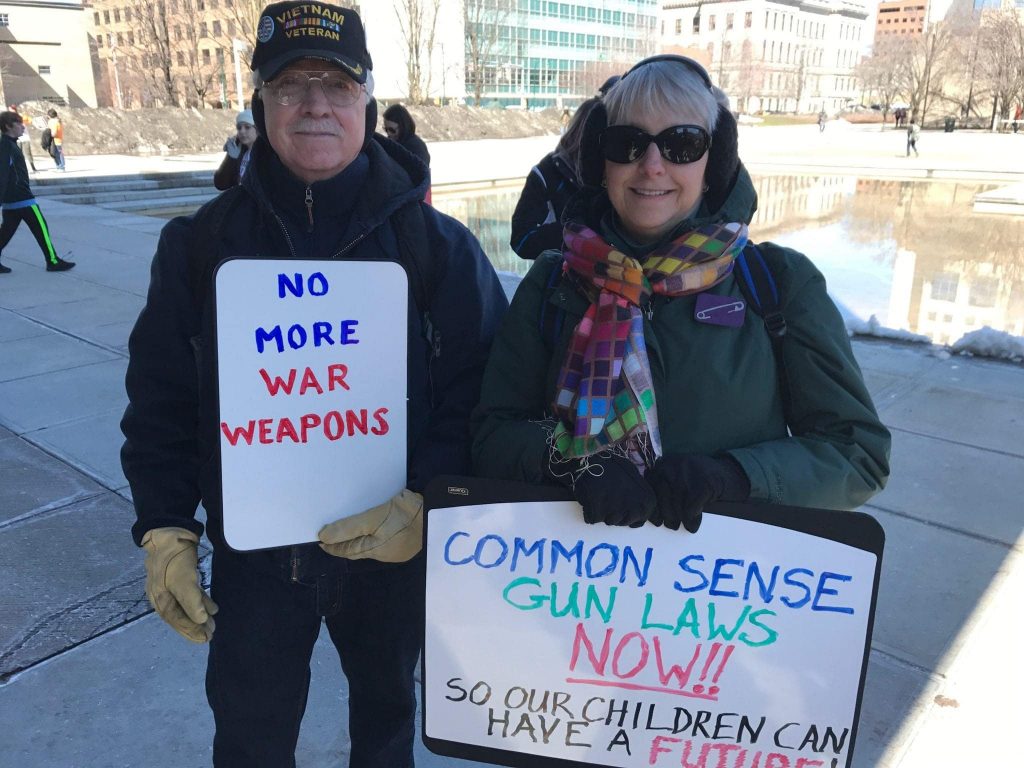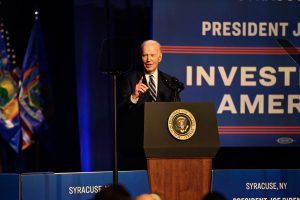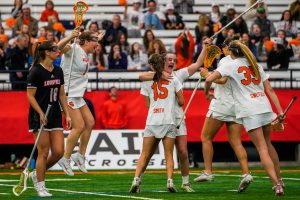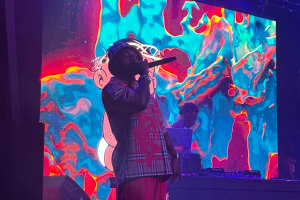Older generations find hope in student activism on gun reform
Older generations find hope in student activism on gun reform

Bundled in a winter coat, black sweater, tan leather gloves and a hat that reads “VIETNAM VETERAN,” Tom Schmitz shivers.
“I shot people,” Schmitz said. “I’ve see what happens to human bodies.”
Schmitz stood quietly amid a frenzied crowd with his wife, Debby, at the March for Our Lives in Syracuse on Saturday. He motioned a reporter away and asked him to talk to the kids in the crowd. They’ll have more to say, Schmitz said of the students at the march.
Schmitz was one of many older Americans at the march who hopes to empower youth to create change. In response to a mass shooting that killed 17 teens and adults and injured others at Marjory Stoneman Douglas High School in Parkland, Florida, a group of students at the school spawned a rally in Washington, D.C., which inspired similar events across the country. At the Syracuse rally, which was organized by students at the Christian Brothers Academy, people of all ages stood in the crowd advocating for stricter gun laws they believe can protect future generations.
“A lot of us are in despair,” Schmitz said. “We’ve been doing this for a long time and we’re kind of hopeless. These children are people of hope.”
Schmitz isn’t unlike many in his generation, one filled with anti-war protests and large movements for change. Many who attended the event in Syracuse as children made their case for why they are the strongest advocates for change.
But for the generations that coincided with the Vietnam War and the civil rights movement, like the Schmitzes, many have seen change firsthand. In their youth, David and Barbara Kamerance attended anti-war rallies much like the gathering on Saturday. At the time, colleges dominated the protests and the high schoolers leading the gun-control movement filled them with optimism for the future.

They said they are tired of the violence. David, a teacher for 30 years, and Barbara, for 43, are both retired. They said they never felt fear like they do today. It can happen anywhere, Barbara said of gun violence.
“A lot of people our age,” Barbara said, “I don’t know what happened to their motivation.”
So, many have turned their attention to the kids. A sign reading “History has its eye on us” in simple lettering brings memories of the change of the past and hope for the the future.
As the marchers began to move, loud chants echoed through the city blocks. The chants were led mostly by young men and women, with elderly couples holding hands and keeping pace beside them.
As the children at the forefront made their way to the stage, onlookers stood in the back and admired the strength of the children. One marcher, Larry Schad, said lawmakers will have “no choice” but to act on the student’s demands. Barbara added that the “grassroots level,” referring to the younger generation, is the only hope of anything positive happening.
“That’s where the energy is,” Debby Schmitz said. “Those are the most invested people because they want a future.”
Barbara Kamerance said her generation stopped the Vietnam War and credits her younger years for the successes of the civil rights movement. Schmitz added that both were “youth movements” and referenced #MeToo as another recent successful campaign that involved young people.
Schmitz said students in places like Parkland have endured something similar to what he experienced in Vietnam, where his friends and acquaintances would be killed before his eyes. He added he was at the march to support the young people.
The former protest leaders are now looking to their children for guidance. As one student-speaker insisted, the march on Saturday is just the start, a “spark (they) are fanning into a flame.”
“It’s hard to have an optimistic outlook after all these years,” Debby Schmitz said. “But if there’s ever been a time, it’s now.”





